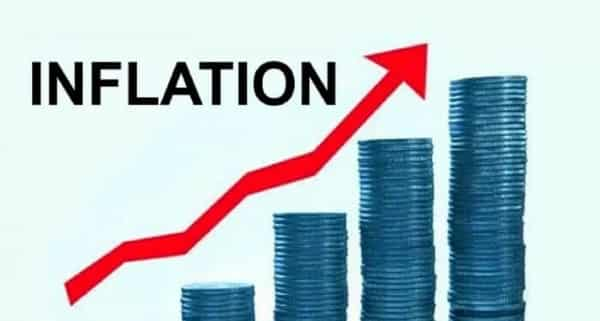
Nigeria’s decision to rebase its inflation measure, shifting the base year from 2009 to 2024, has reshaped how price movements are assessed. The official inflation rate for January now stands at 24.48 per cent year on year—a sharp drop from previous readings of 34.8 per cent in December, but one driven more by statistical adjustments than a fundamental shift in economic conditions. While this recalibration was necessary to reflect changing consumption patterns following the removal of subsidies and the changed structure of the economy since 2009, it does not change the deeper reality: inflation in Nigeria remains persistent, and its composition is shifting in a way that makes it harder to fight.
I have written extensively on inflation, once embedded, becomes more than just a reaction to short-term shocks. It starts to shape expectations, distort investment decisions, and entrench cost pressures that are difficult to unwind. For years, inflation in Nigeria was overwhelmingly driven by food prices, which, while volatile, tend to be self-correcting. A good harvest or improved distribution can bring quick relief.
That dynamic remains—food inflation is still the leading driver—but its dominance has weakened. In the rebased inflation measure, the weight of food in the CPI basket has fallen from over 50 per cent to the low 40s, while core inflation now plays a larger role than before.
This shift is critical because core inflation—driven by housing, transport, healthcare, and other services—tends to be more persistent and less responsive to short-term monetary policy interventions. Healthcare costs are rising due to increasing demand and constrained supply.
Transport remains expensive due to infrastructure deficits and fuel price volatility. Housing inflation, driven by chronic undersupply and urbanisation, has become a long-term issue. Unlike food prices, which fluctuate with seasons and supply shocks, these costs creep upward and stay there.
This brings Nigeria’s inflation dynamics closer to those seen in more advanced economies, where services inflation dominates. In developed markets, central banks have long struggled with inflation in sectors like housing, healthcare, and education—areas where prices tend to rise steadily due to structural constraints rather than cyclical factors. Nigeria is now facing a similar challenge. Core inflation is not just a secondary concern anymore; it is becoming central to the inflation fight.
This shift makes inflation harder to control. Nigeria has already undergone one of its most aggressive rate-hiking cycles in history, yet underlying price pressures remain. This is not unusual. Once inflation becomes embedded in an economy, it self-perpetuates.
Businesses set prices based not just on today’s costs but on what they expect them to be in six months. Workers demand higher wages to keep up with rising living costs, forcing businesses to raise prices again. This feedback loop, known as second-round effects, is how inflation moves from being a temporary problem to a permanent fixture.
History offers clear lessons. Policymakers who assume inflation is cooling just because headline numbers ease often find themselves tightening again later, at far greater economic cost. From the 1970s to more recent emerging market crises, central banks have repeatedly underestimated inflation persistence, mistaking temporary slowdowns for lasting progress. The real test is not whether inflation moderates in the short term, but whether the underlying pressures have been meaningfully addressed. If core inflation remains high, any pause in tightening can allow inflation to reignite, forcing even more painful interventions down the line.
Rebasing inflation does not mean inflation has been tamed. If anything, it has clarified where the real battle lies: not just in volatile food prices, but in the deeply ingrained inefficiencies that drive core inflation. Monetary policy alone cannot fix housing shortages, reduce transport costs, or make healthcare more affordable. Without real structural reforms, inflation will remain a recurring problem, one that cannot simply be recalibrated away.
But this shift in the inflation basket raises a deeper question: if the nature of inflation has changed, should Nigeria’s inflation target change as well? If food prices are no longer the overwhelming driver and core inflation is playing a larger role—just as it does in top economies—does the current monetary policy framework still make sense? Or is it time for the central bank to rethink what price stability really means in a structurally inflationary economy?
Usman is an economist. He can be reached via: [email protected]






